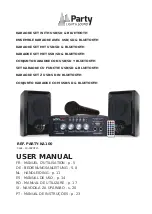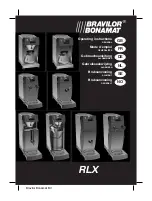
4 Planning and installation – Thermal safety device
61
The safety devices must be implemented in accordance with DIN EN
12828 “Heating systems in buildings” and the correspondingly har-
monised national standard DIN 4751, Part 2 “Closed, thermostatically
safeguarded heat generating systems with supply temperatures of
up to 120 °C; safety equipment”.
In Germany, the requirements of the German energy conservation
ordinance (EnEV) are to be met.
4.9 Thermal safety device
In accordance with DIN EN 12828, heating systems must be
equipped with safety devices to prevent the maximum operating
temperature from being exceeded. The safety heat exchanger serves
to protect the boiler against overheating and may not be used for
other purposes (i.e. as a regular heat exchanger). If the heat transfer
capacity is suddenly lost (for example if the circulation pump for rai-
sing the return temperature fails), heat production cannot be
stopped as quickly as with an oil- or gas-fired boiler. When the ma-
ximum operating temperature is exceeded, the thermal safety device
(TAS) is triggered and cold water flows through the safety heat ex-
changer. The excess energy generated is thus dissipated by the
“emergency cooling”. (This is an alternative to fast regulation.)
However, the safety heat exchanger and thermal safety device can
only serve their purpose if the following requirements have been
met:
•
A flow pressure of at least
two
bar and a flow rate of 1800 l/h must
be available at the cold water inlet of the safety heat exchanger.
•
The distance between the supply and return lines of the thermal
safety device and the safety heat exchanger should be less than
their nominal width. The supply line may not be equipped with a
shut-off valve.
•
Water must be able to flow freely through the system.
•
The flow pressure at the flue connection on the boiler may not si-
gnificantly exceed the prescribed value.
The thermal safety device must be installed according to guidelines
from HDG Bavaria.
Mains-dependent, stand-alone supply systems are not safe enough
due to dependence upon the power supply!
The thermal safety device is to be inspected annually by an autho-
rised, qualified technician to verify that it is functional.
Important!
In order to prevent leaks, avoid turning the connections of the sa-
fety heat exchanger anticlockwise when installing the thermal sa-
fety device.
















































